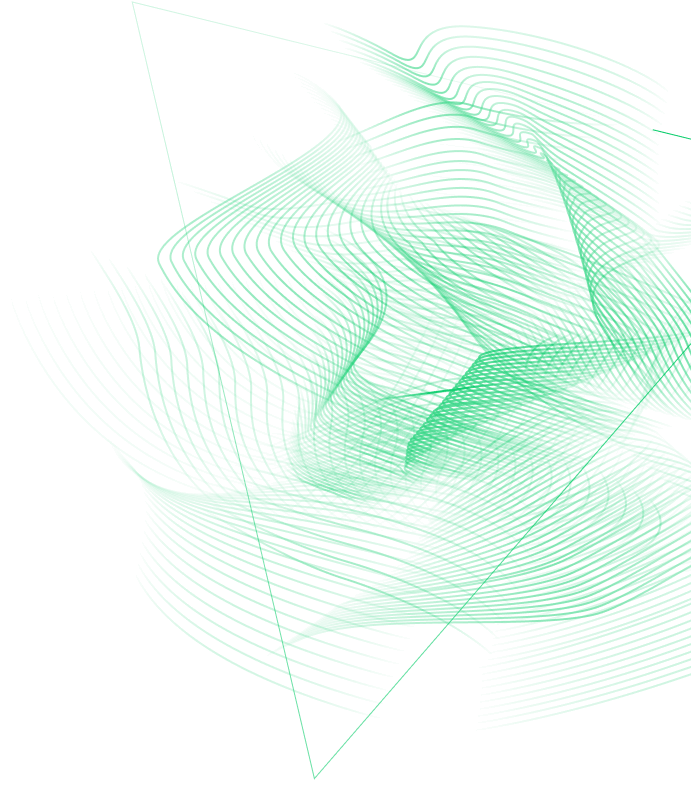Unknown assets and cloud dynamism create attack surface risks for all organizations.
Understanding these exposures helps security teams shrink their attack surface to proactively secure their organization. The following findings offer insights into these exposures accessible via the internet, gathered from extensive exposure and threat data collected over 12 months with Cortex Xpanse.


















